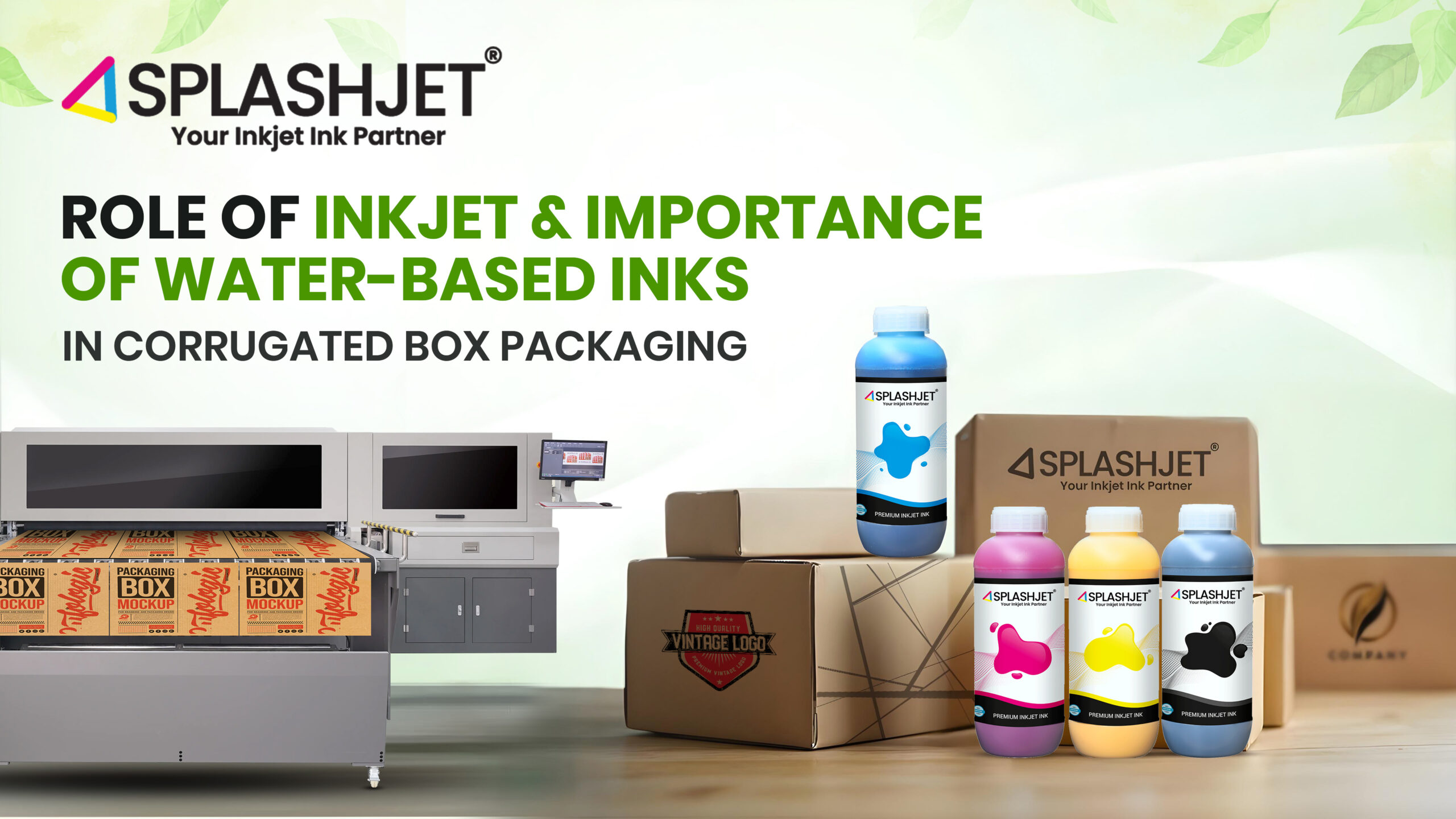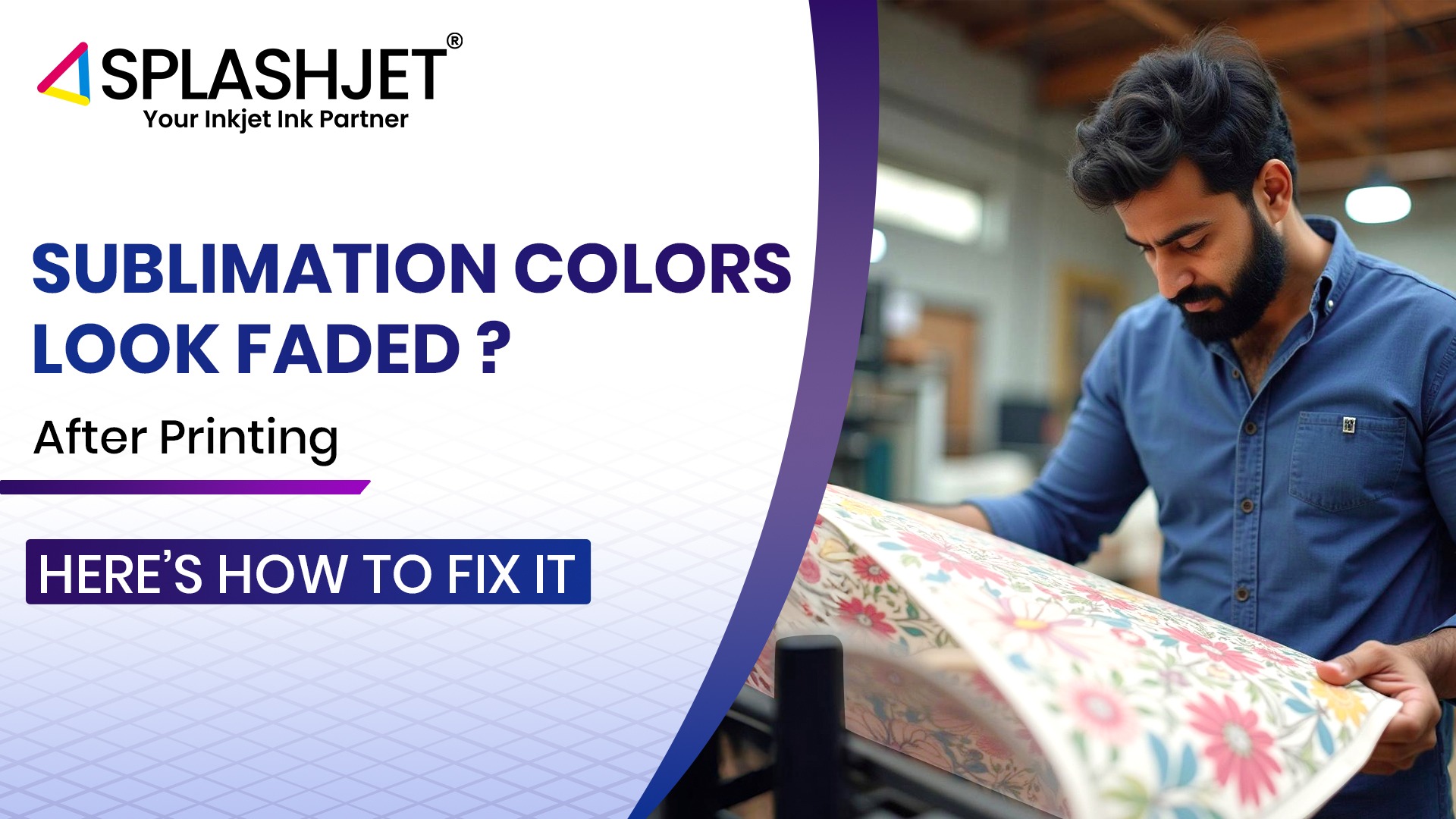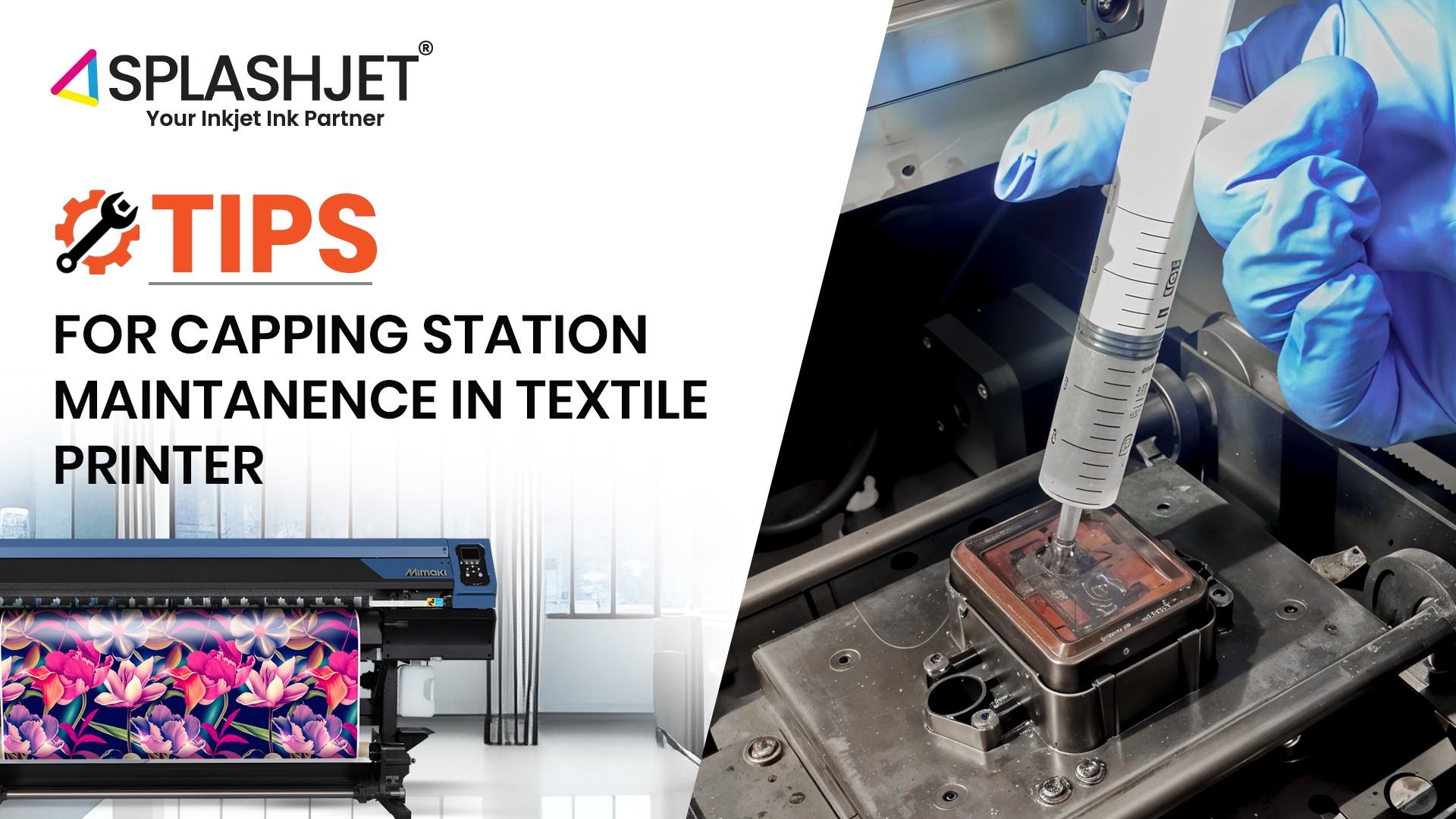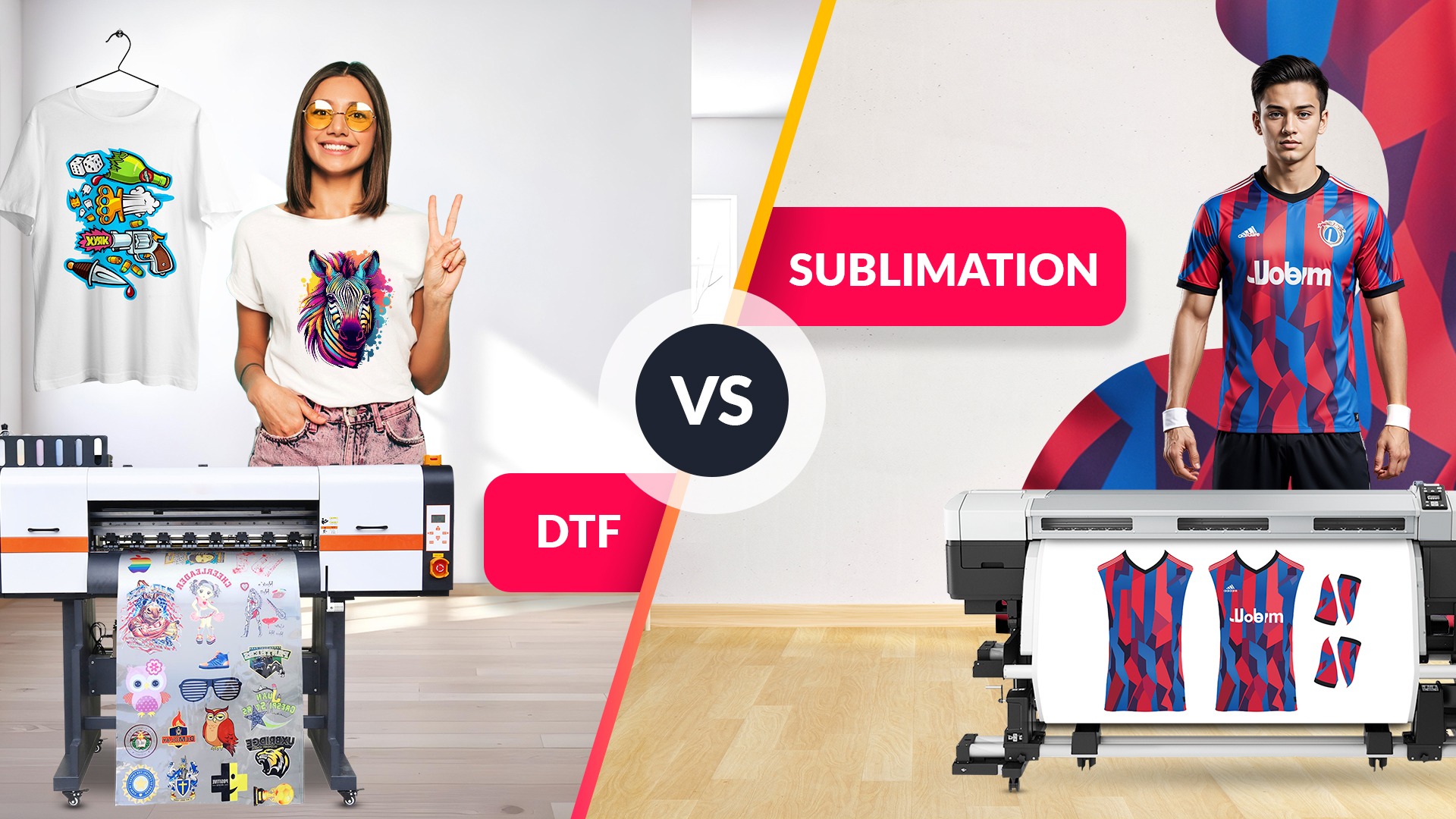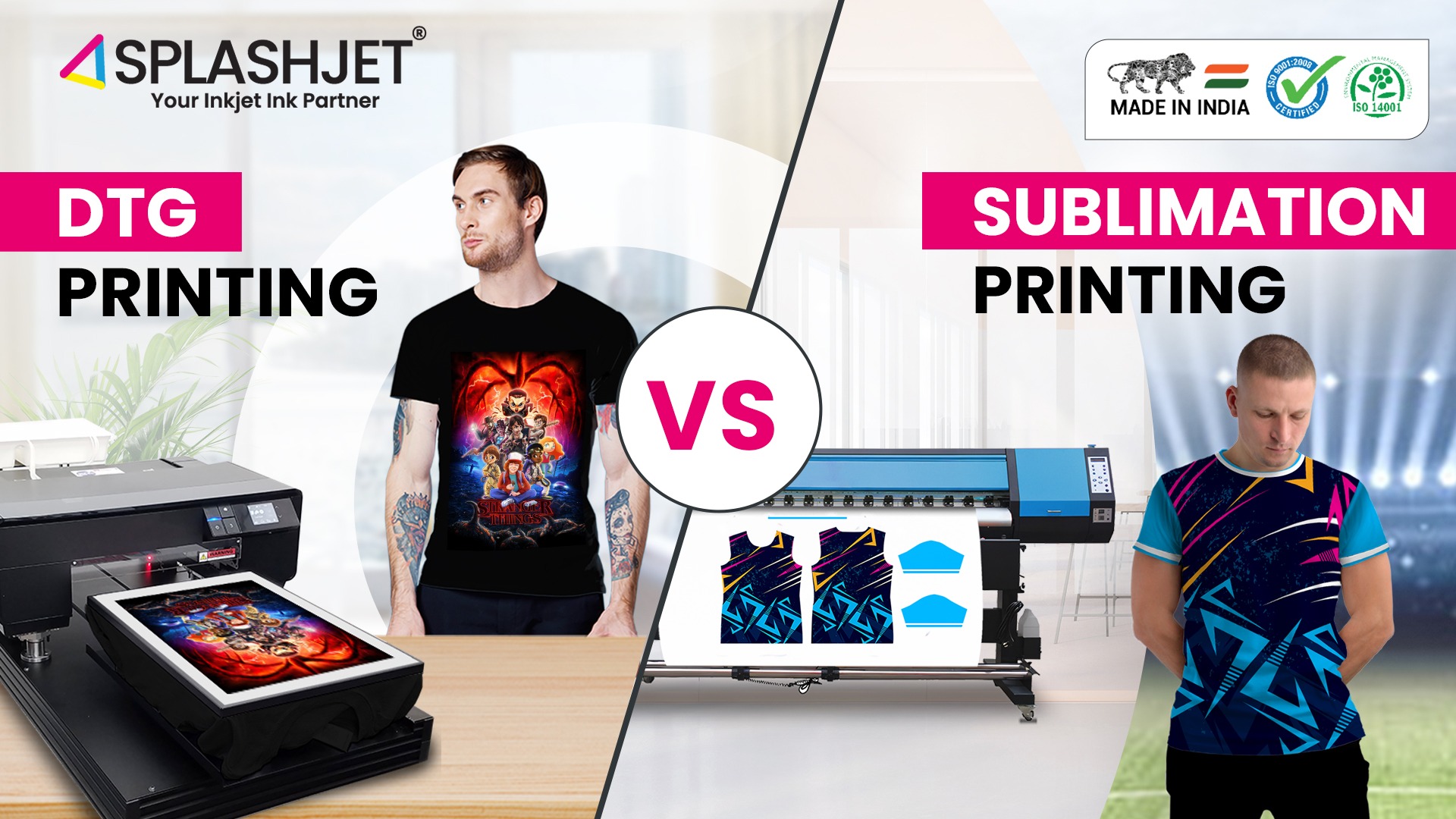
Imagine transforming everyday items like t-shirts, mugs, and bags into stunning, personalized masterpieces. That’s the power of custom printing! Whether it’s expressing your unique style or creating standout branding for your business, custom printing opens up endless possibilities.
In this blog, we’ll explore two popular custom printing methods—DTG (Direct-to-Garment) and Sublimation Printing. Each has its unique advantages and specialized applications, catering to a variety of creative and business needs. Let’s dive in!
What is DTG Printing?
DTG (Direct-to-Garment) Printing is a cutting-edge digital printing technique that uses water-based pigment inkjet inks to print directly onto fabric. Known for its ability to deliver detailed, vibrant designs, DTG is widely used for creating custom prints on both small and large scales.
DTG printing is primarily achieved through two methods:
- Digital DTG Printers
This approach employs specialized DTG printers paired with Raster Image Processing (RIP) software. The process begins with printing a white base layer directly onto the fabric. Colors are then applied over the base, ensuring vivid and precise designs.
- Hybrid DTG Printers
A blend of screen printing and digital printing, the DTG Hybrid method starts by screen printing a white base onto the fabric. An inkjet printer is then used to layer colors over the pre-applied white base, combining the strengths of both techniques for superior quality and vibrant results.
The DTG Printing Process
- Pre-Treatment
In this process, a bonding agent is sprayed onto the garment to enhance ink adhesion. This step is crucial for vibrant and long-lasting prints. The bonding agent holds the ink into the fabric for better color saturation and durability. - Drying
Once pre-treated, the fabric undergoes a drying process using a heat press. This process sets the bonding agent into the fabric. It is essential to prevent any smudging and bleeding of colors during printing. - Printing
A high-resolution design is prepared using graphic design software. This digital design is printed directly onto the fabric using specialized water-based inks, achieving precise and detailed results. - Curing: Finally, the printed design must dry using a heat press to lock the colors. Curing the print is essential to ensure the design will withstand washing and wear without fading or peeling.
Applications:
- T-shirts, Hoodies, Bags, Hats, and Home decor items.
Advantages of DTG:
- Versatility: DTG works well on cotton, blends, and some synthetics, making it versatile for different projects.
- Photorealistic Prints: It delivers high-resolution, vibrant, and detailed prints, perfect for creating unique and eye-catching designs.
- Small Order Quantities: This method is ideal for small businesses and individuals who need to print a few items or customized designs.
What is Sublimation Printing?
Sublimation printing is a process that transfers images from specially printed paper onto polyester fabric using heat and pressure. In this method, the dye transits directly from a solid to a gaseous state without becoming liquid. The combination of heat (typically between 180°C/356°F and 190°C/374°F). The pressure enables the dye to bond permanently with the polyester fibers, resulting in vibrant, high-quality, and durable prints.
Process:
- Image Preparation: A digital image is prepared using graphic software and printed mirrored onto special sublimation paper using dye-based inks. This ensures that the image will transfer correctly onto the substrate.
- Transfer: The printed sublimation paper is placed on the substrate (usually polyester) and subjected to high heat and pressure using a heat press.
- Dye Sublimation: Under high heat and pressure, the dye on the sublimation paper sublimates, transforming from a solid to a gas without becoming a liquid. The gaseous dye then penetrates the polyester fibers, bonding permanently with them. This results in a vibrant, durable image that is resistant to fading, cracking, and peeling.
Applications:
- Polyester garments (sportswear, swimwear)
- Home decor items (curtains, flags)
Advantages of Sublimation:
- Vibrant Colors: Produces incredibly vivid and long-lasting colors.
- Durable Prints: The dye becomes part of the fabric, resulting in highly durable prints that won’t fade or crack.
- Fabrics suitability: Sublimation inks are transparent and ideal for use with polyester and polyester blends.
When to Choose DTG or Sublimation
As a business, choosing between DTG and sublimation depends on several factors:
| Feature | Sublimation Printing | Direct-to-Garment (DTG) Printing |
|---|---|---|
| Market Opportunity | Ideal for promotional items and full-color designs on polyester-based products (e.g., sportswear, corporate gifts). | Perfect for the growing demand for personalized, small-batch, and on-demand apparel printing. |
| Setup Costs | Requires heat press and sublimation printer; slightly higher initial investment. | Lower initial investment; DTG printers are easy to integrate into small operations. |
| Profit Margins | High for niche markets like custom hard goods and sportswear. | Strong margins for high-demand apparel like t-shirts and hoodies. |
| Scalability | Better suited for larger, batch-based orders to reduce per-unit cost. | Excellent for scaling up on-demand printing without significant overhead. |
| Order Flexibility | Efficient for bulk orders but less ideal for one-offs. | No minimum order requirement; great for small orders and personalization. |
| Production Speed | Slower for hard goods due to substrate preparation; fast for garments. | Quick production with minimal setup, enabling faster order fulfillment. |
| Sustainability | Eco-friendly dyes; cater to eco-conscious markets with minimal waste. | Water-based inks are environmentally friendly, and appealing to green-conscious customers. |
| Customer Base | Targets industries like sportswear, home décor, and corporate gifting. | Popular with e-commerce platforms, small businesses, and custom apparel brands. |
| Applications | A broad range, including mugs, coasters, phone cases, and polyester apparel. | Specialized in apparel, especially cotton-based products. |
Guidelines for Selecting the Right Method
- Fabric Type: DTG works well with cotton or a blend. Sublimation printing is perfect for polyester or polyester blends. It’s important to note that sublimation printing has limitations, as it requires materials that can withstand the high heat and pressure of the sublimation process.
- Design Complexity: For designs with vibrant colors and sharp edges, sublimation excels. For detailed images, photographs, and gradients, DTG often produces better results.
- Order Quantity: For small orders, DTG is more cost-effective. For large orders, sublimation can be more economical.
- Budget: For budget consider running cost, initial investment, and cost per paper.
Conclusion:
Both DTG and sublimation printing offer unique advantages, making them suitable for different applications. While DTG is versatile and ideal for small orders, sublimation, on the other hand, excels in producing vibrant, durable prints on polyester fabrics. By carefully considering factors like fabric type, design complexity, order quantity, and budget, businesses can select the most appropriate printing method to meet their specific needs and maximize their profit potential. We encourage readers to experiment with both methods to find the best fit for their requirements.
